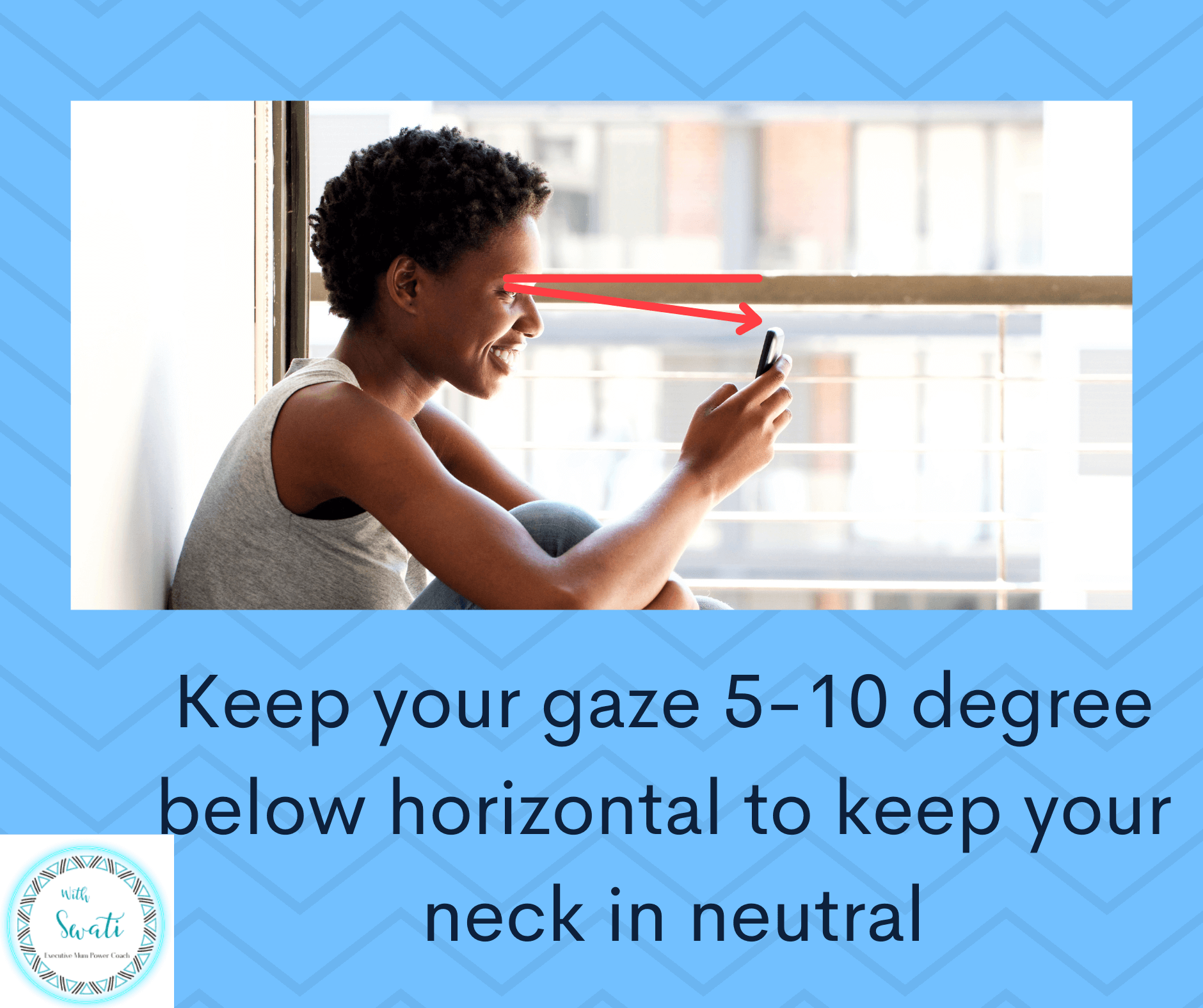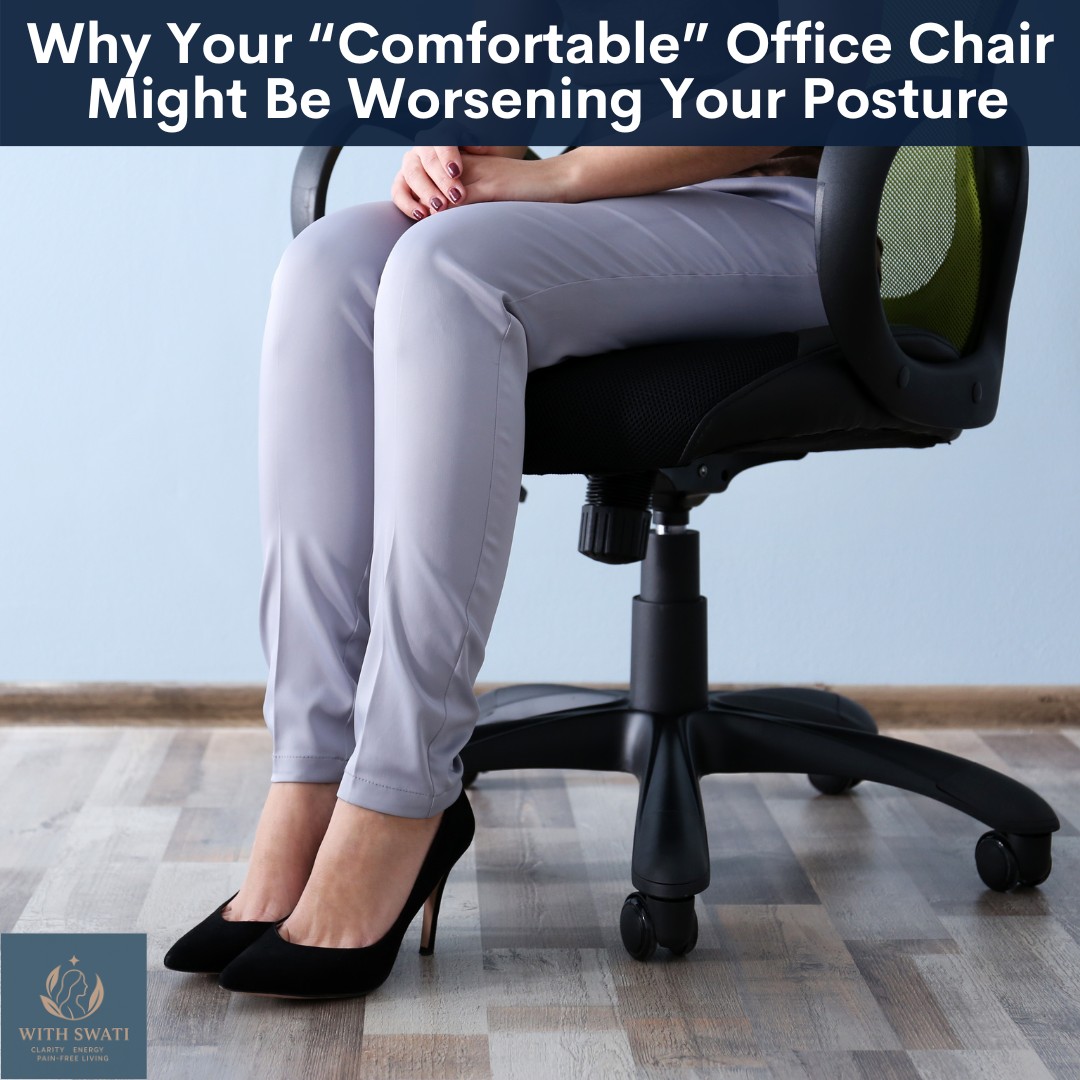
Whether its keeping up with work demands or chasing after young children, executive mums have their hands full. Amidst this active lifestyle, experiencing dizziness can be both distressing and disruptive. Known as Cervicogenic Dizziness or Cervical Vertigo, this condition stems from issues in the neck. Managing cervical vertigo requires a dual approach—seeking medical advice and adapting lifestyle strategies. In this 2 part blog lets discuss these simple strategies for busy mums to keep dizziness at bay and reduce the likelihood of Cervicogenic Dizziness.
As a mom working in a high stress executive position, mental stress or anxiety can be a constant part of your everyday work life. However chronic stress can be the contribute to muscle tension in the neck, which can lead to irritation or compression of the nerves in the upper to mid cervical spine, which leads to cervicogenic dizziness or cervical vertigo.
Watch this video to understand Cervicogenic Dizziness (Cervical Vertigo):
Here are some simple yet effective strategies for managing Cervicogenic Dizziness (Cervical Vertigo):
Hot Packs:
To manage this muscle tension or muscle spasm use a hot pack. An optimal time to use the hot pack would be right before the dizziness starts or when you start to feel the niggle of dizziness. When you apply a hot pack, it causes the blood vessels in the area to expand and this causes the blood to flow into the area. This flow of blood brings with it an
influx of nutrients and oxygen, which helps with healing the area. It also washes away the pain producing substances that may have accumulated there. This is especially helpful when you have a muscle spasm or tightness in the muscle or when you wake up with a stiff neck. Applying a hot pack does not mean it guarantees pain relief as we also need to look into and try and fix the cause of the neck pain. HERE are the hot packs that I use and recommend.
Neck posture:
When you are stressed or anxious, your posture also changes. This is commonly seen as a forward head posture where your head is sitting forwards in relation to the rest of your body. In order to balance your head on the body you need to round your shoulders leading to shrugged and rounded shoulders. The muscles in the chest area are more contracted than normal and those on the upper back are lengthened. These poor postures change the length tension relationship between the muscles leading to pain. In addition to adopting stress management techniques such as deep breathing exercises, meditation, or mindfulness practices to alleviate mental stress, you can also implement a simple postural correction exercise known as a chin nod into your everyday routine. For this, look at a point in front of you and then nod your chin down by 5 to 10%. See the picture below for clarification:

A chin nod puts your cervical spine into a neutral position and thus avoids irritation or compression of the nerves in the upper to mid cervical spine, which can lead to cervicogenic dizziness or cervical vertigo. Apart from doing the chin nod on a regular basis (hourly is better!) throughout the day, you can apply it practically by positioning the top of your computer screen 5 to 10 degree below your horizontal gaze.
Read more strategies in Part 2 of this blog "Effective Strategies for Managing Cervicogenic Dizziness (Cervical Vertigo)" HERE.
If you are not sure of the cause of your dizziness or want to explore more about the causes of dizziness get the free guide on 'What is the source of your dizziness?' HERE.
Also, if you like this blog and want to be notified about new blogs as soon as they are published, subscribe to my mailing list below.
I would love to see you around the internet! For other places you can explore more about me: https://withswati.com/page/link
Note: This blog contains affiliate links which will bless me and I will be able to help more people with spine, nerve and joint pain.















0 Comments